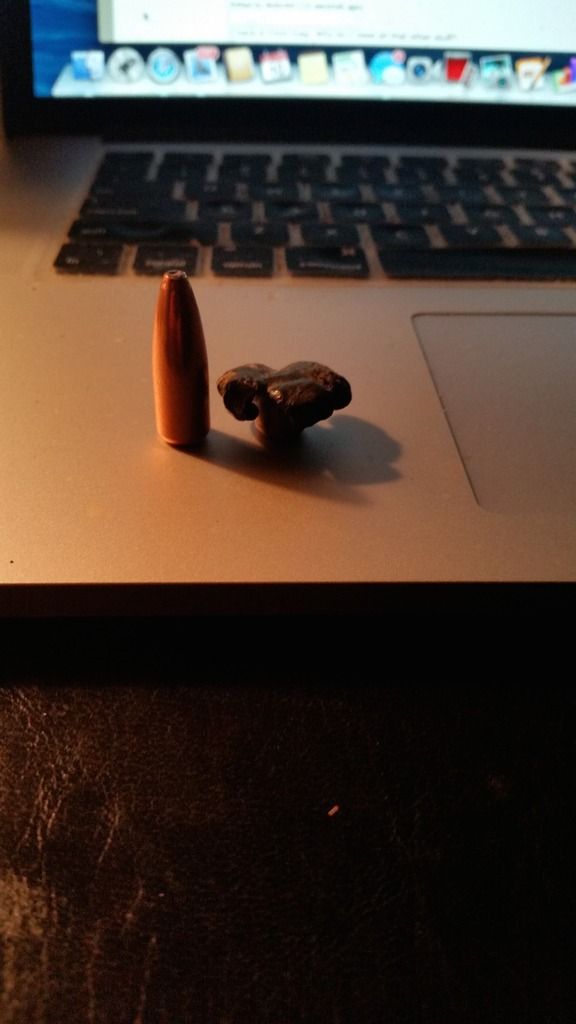Gunner46
Handloader
- Jan 12, 2015
- 483
- 7
I'm going to open this one by expressing my train of thought.
I have spent decades studying the dynamics bullets performance. I seek, read, and scourer every bullet test I can.
I'm looking to draw out a theorem, so help me, if you will.
Take into account the 4 words in the title, then gives us all your opinion as to in field hunting success.
Be polite, and remember, we all have hunted from a broad spectrum......
NO glory shots just to show off, unless you can back it up with a recovered bullet, rib cage, loss of dinner due to lost 'a miss' placement......
The board is open.
I have spent decades studying the dynamics bullets performance. I seek, read, and scourer every bullet test I can.
I'm looking to draw out a theorem, so help me, if you will.
Take into account the 4 words in the title, then gives us all your opinion as to in field hunting success.
Be polite, and remember, we all have hunted from a broad spectrum......
NO glory shots just to show off, unless you can back it up with a recovered bullet, rib cage, loss of dinner due to lost 'a miss' placement......
The board is open.









